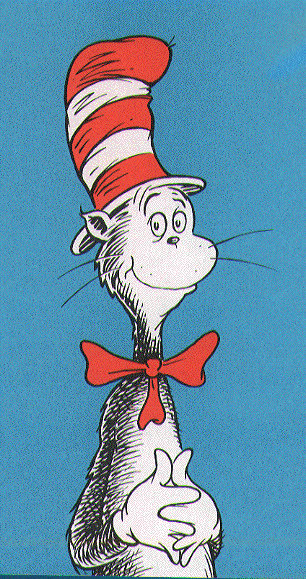All images are from the walkerart.orgStrong Formal
This Ellsworth Kelly painting really hit me and not for all the right reasons. But the painting is named the Black Curve as you can guess why. But I choose this for strong formal, because not only can the viewer see the positive and negative space easily, the black curve creates a strong form and shape. In the painting, it is so clear and concise where the black curve is because of the craft; it is as if a curvilinear line was extended into a form.
Strong Content 
This is Tre ragazze alla balconata (Three Girls on a Balcony) by Michelangelo Pistoletto. I choose this image because the content is not just the mirror or the artwork it reflects it involves the mirror adding the viewer to the content. If you just see it without adding the reflection, it is three women from the 40s or 50s (I really do not know), looking out and watching some far and distant scene. But when you add in the reflection the women are staring at the future, at the viewer. Personally I love how the mirror reflects you and lets the women see you, it really brings a new sense and just sucks the viewer into the piece and adding. This means that each individual will have a different image to stand in front of.
Lacking Formal and Content
What can I saw, Ellsworth Kelly painted 3 big squares called Red Yellow Blue III copying the rainbow and put them up. There are no lines, no values, just color. That is correct I said it was just color; how can there be balance or unity when its just that red, blue, or yellow? Well I guess I can admit there is balance in the fact the 3 canvases are just one color and Kelly well he has great craft. While there is nothing to ponder, it is just 3 squares with one colored paint on each canvas. What this series bring up is what is really art work, is it determined by intent, by how one can ponder on an object?
Formal and Content Desired
This desired piece is Kiki by Chuck Close, which is desired because of the originality and wonder, while a reliance on abstract shapes. This seemingly formal portrait is created of small abstract colored shapes, that then construct implied shapes, color, and space; this creates the 3-d object, which in this case is a head. Not only that but the painting is that of a woman, who seems to be having a nonchalant moment and is just thinking; this allows the viewer to remember his or her times when they felt like that (hello day dreams, our teacher's worst nightmare). On top of all this the painting seems to be the one painting that mixes both postmodernism and modernism.
The WOW PIECE IF THERE WAS ONE, THE ITCH PIECE.. ECT+
While walking through the Walker there was nothing that sang to me or gave me the itch to do anything; I plainly just did not find anything very inspiring. Yes there were pieces I liked but it was not like when I saw a mixed media piece by Jim Dine that featured two images that depicted nudes with shells. During that situation my heart just pounded and it was like "o my gosh I need to find a way to incorporate some of those qualities in my work," well this just did not happen at the Walker. There are several possible reasons for this: A) I have a post modernistic view upon art and want there to be more to an image, than as Abbi said "paint" B) I still do not understand modern art and will fully admit it, since some of it can be so simple and so complex there is just no middle ground.. Seriously, after seeing a sheet with lights behind it, I think my mind just blanked .
So what I did was researched other art that the Walker has hosted. While completing the research I did find several pieces that I liked, but it was because they were not modernistic, including Untitled 10 by Melba Price.  But then I came upon the Crouching Figure by Henri Gaudier-Brzeska.
But then I came upon the Crouching Figure by Henri Gaudier-Brzeska.

Henri Gaudier-Brzeska's Crouching Figure did not have the same effect as that of Jim Dine's, but I still had a small flutter in my stomach. It was because of the symbolism used in the image, which came from the fetal image to the disturbance of the disproportion; I am even assuming the medium of the marble added some aspect of disturbance and vulnerability to the sculpture. By the fact we can see the woman with in the sculpture, personally allows me to connect to the sculpture. But this makes me wonder who is this woman, why is she like this, how did she get there, and why the artist depicted her this way; what was hit intent. Although at the moment I can only see the sculpture in the 2-d picture I do hope that one day I will be able to see it in real life.







 But then I came upon the Crouching Figure by Henri Gaudier-Brzeska.
But then I came upon the Crouching Figure by Henri Gaudier-Brzeska. 














